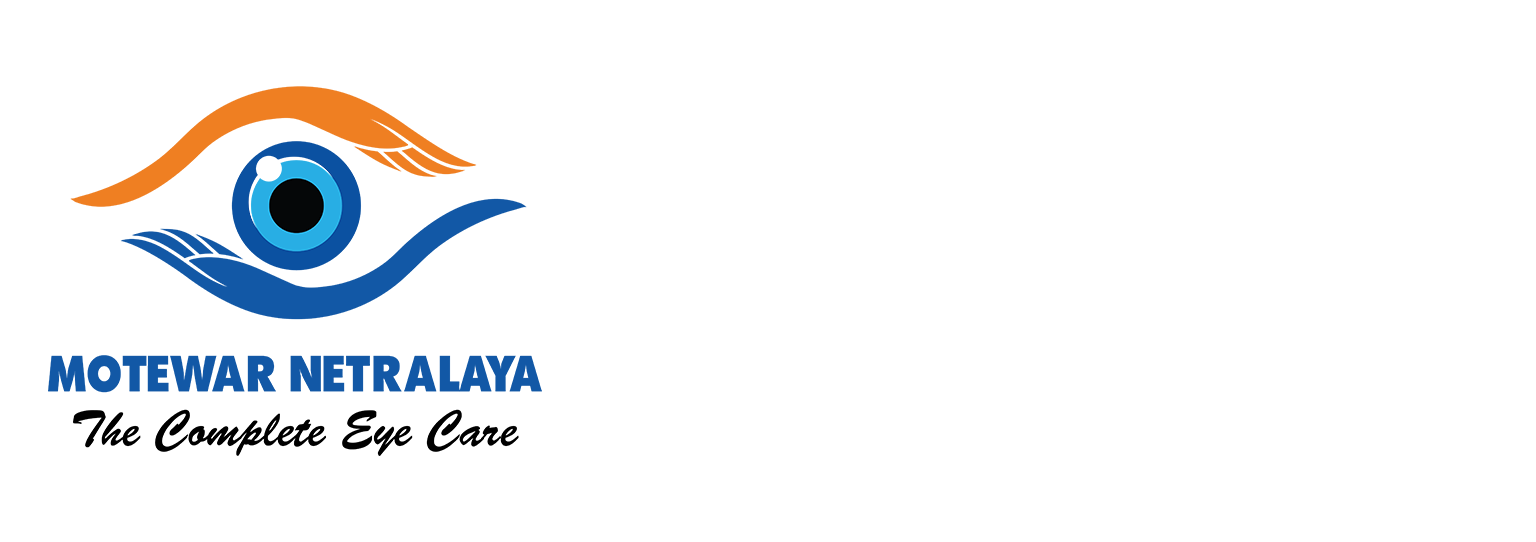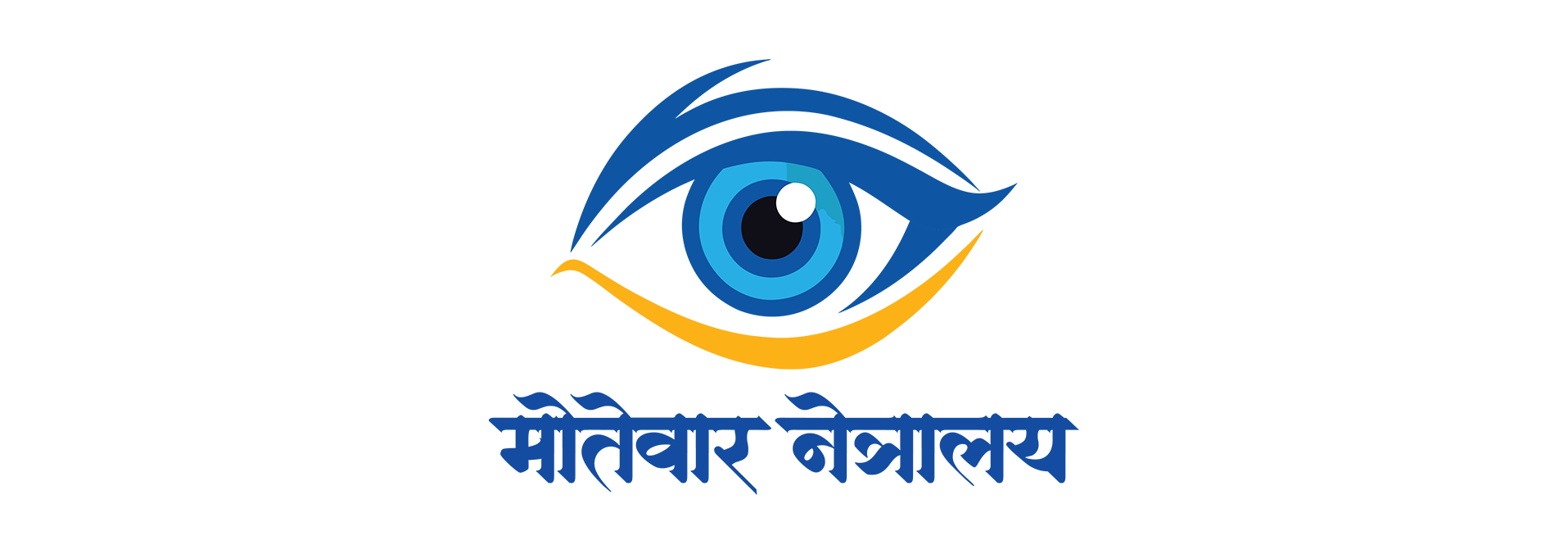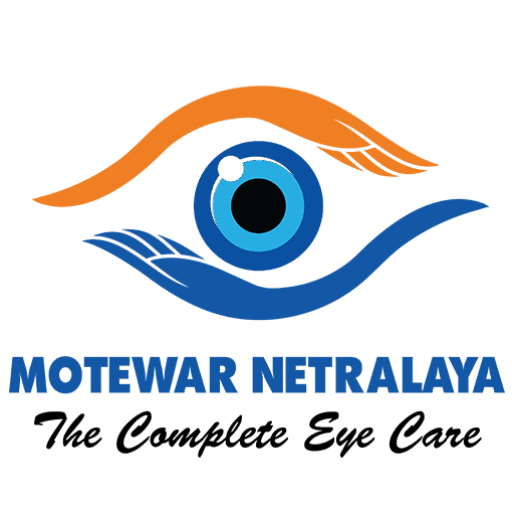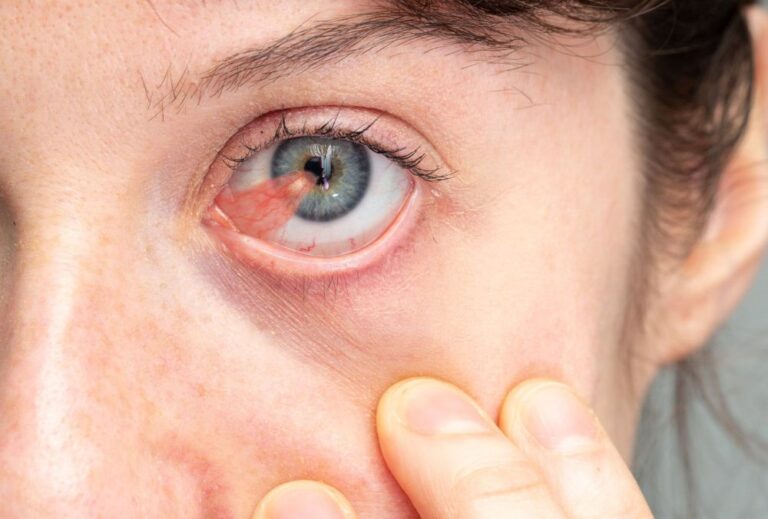
Pterygium Surgery at Motewar Netralaya
At Motewar Netralaya, located in Nanded, Maharashtra, we are committed to offering advanced, patient-centered care for ocular surface disorders. One of our specialized services is pterygium surgery (also known as pterygium excision), designed to remove abnormal conjunctival growths and restore corneal clarity, eye comfort, and function.
What is a Pterygium?
A pterygium is a benign (non-cancerous) growth of conjunctival tissue that extends from the white part of the eye (the sclera) toward or onto the cornea. Over time, it can become inflamed, red, irritated, and may distort vision if it encroaches onto the corneal surface or causes astigmatism. Some common symptoms include:
- Eye redness, irritation, burning, or foreign-body sensation
- Blurry vision or distortion, especially if the growth invades the visual axis
- Recurring inflammation and discomfort
- Cosmetic concern due to visible growth
When a pterygium advances or causes repeated symptoms, surgical removal becomes the best option to relieve symptoms and prevent further progression.
Why Choose Motewar Netralaya for Pterygium Surgery?
- Experienced Surgeons & Superspecialists: Motewar Netralaya is known in the region for having multiple superspecialist eye surgeons.
- Modern Infrastructure & Equipment: The hospital is described as a “high-tech eye institute” in Nanded, with modern equipment and facilities.
- Localized Care: Being located in Nanded, Motewar Netralaya is accessible to patients from the surrounding districts, reducing travel burden.
- Personalized Preoperative & Postoperative Support: We focus not just on surgery but also on comprehensive care before and after the procedure to ensure safety and optimal outcomes.
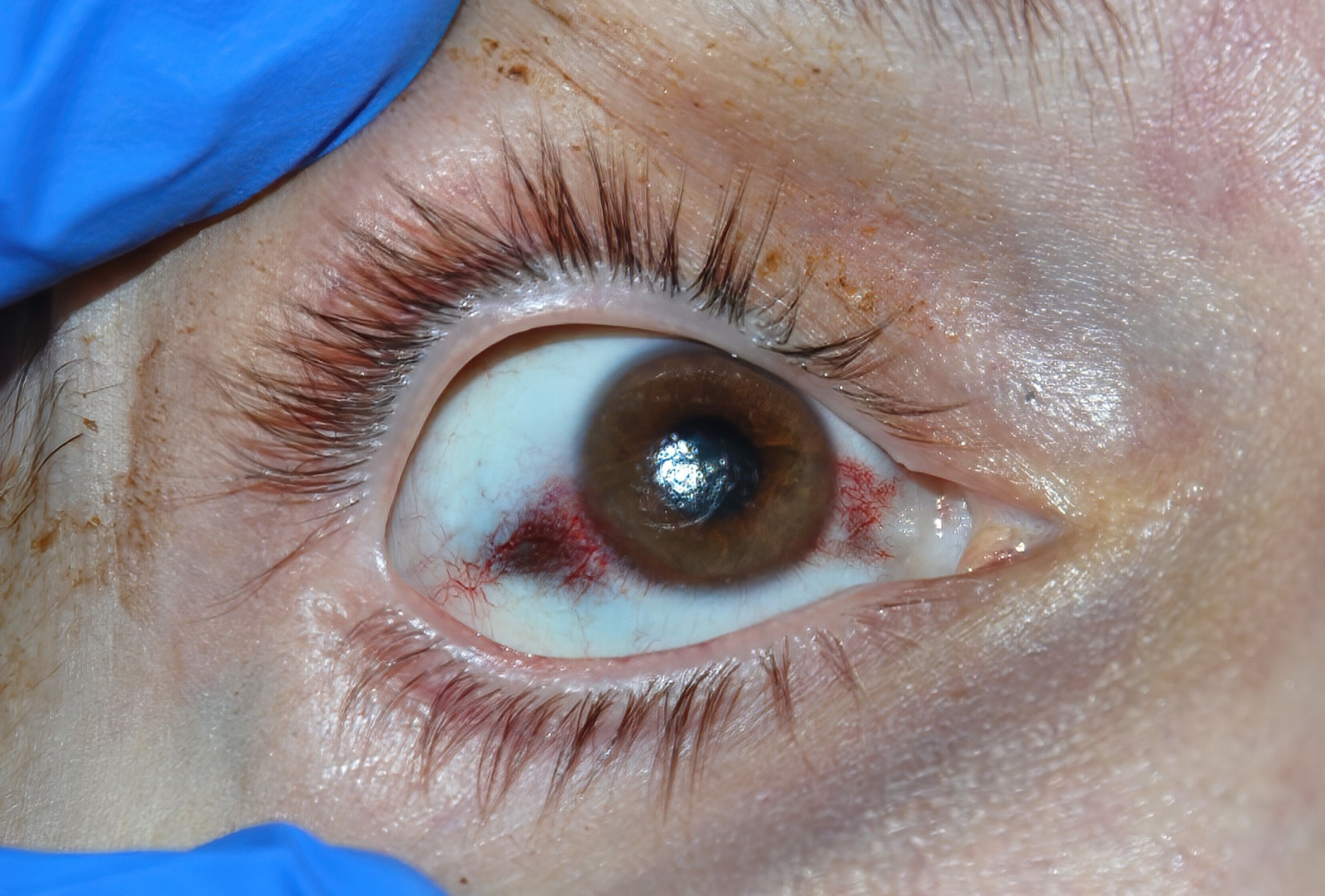
The Surgical Procedure: What to Expect
Below is a general outline of how pterygium surgery is typically performed (and what you can expect at Motewar, with local adaptations):
1. Preoperative Assessment
- Detailed eye examination, including slit-lamp imaging, measurement of the pterygium size and extension
- Assessment of corneal shape, visual acuity, and screening for any concomitant conditions
- Discussion of surgical options, risks, and postoperative care
2. Anesthesia & Preparation
- The procedure is usually performed under local anesthesia (topical or injectable) so you remain awake but comfortable
- The eye area is sterilized, and a surgical drape is applied
3. Excision of the Pterygium
- The abnormal conjunctival tissue (and any fibrovascular component) is carefully removed from the corneal surface and scleral bed
- Special care is taken to preserve healthy limbal stem cells at the corneal edge to reduce recurrence risk
4. Conjunctival Graft or Tissue Reconstruction
- To cover the bare area created by removal (the “bare sclera”), a graft of healthy conjunctiva (often from the patient’s own upper eye) is placed
- The graft is secured using sutures or tissue glue (fibrin glue)
- In some complex or recurrent cases, an amniotic membrane graft may be used, especially when local conjunctival tissue is insufficient or scarred
5. Final Checks & Dressing
- The surgical site is smoothed, the graft is checked for proper placement, and a soft bandage or shield may be applied
- Eye patching or protective shield may be used initially
6. Specimen Handling
- In cases where there is suspicion of atypical tissue, the excised tissue may be sent for histopathological examination
Postoperative Care & Recovery
Proper aftercare is key to healing, comfort, and minimizing recurrence. At Motewar Netralaya, you can expect the following:
- Eye Drops & Medications: You will be prescribed antibiotic drops, anti-inflammatory (steroid) drops, and lubricating drops. The regimen is typically tapered over weeks.
- Shield or Eye Patch: Use protective shield or patch (especially at night) for a period to prevent inadvertent rubbing
- Follow-up Visits: Regular postoperative check-ups to monitor healing, graft integration, and early detection of complications
- Visual Adjustment: Your spectacle prescription may change (due to changes in corneal curvature), so final vision correction is usually done after full recovery (often after several weeks to months)
Risks & Recurrence
While pterygium surgery is generally safe, as with all surgeries, there are some risks, including:
- Graft displacement or dehiscence
- Infection
- Inflammation or scarring
- Recurrence of pterygium (in some centers recurrence rates can range from a few percent to higher depending on technique)
Use of conjunctival grafting and modern techniques help reduce recurrence.
Frequently Asked Questions
It is a surgical procedure to remove a fleshy growth on the white part of the eye that extends onto the cornea.
Surgery is advised if the pterygium causes irritation, affects vision, or grows rapidly.
No, it is usually done under local anesthesia, so patients don’t feel pain during the procedure.
Most patients recover within 1–2 weeks, with regular follow-ups for monitoring.
Yes, recurrence is possible, but advanced surgical techniques and proper care reduce the chances.
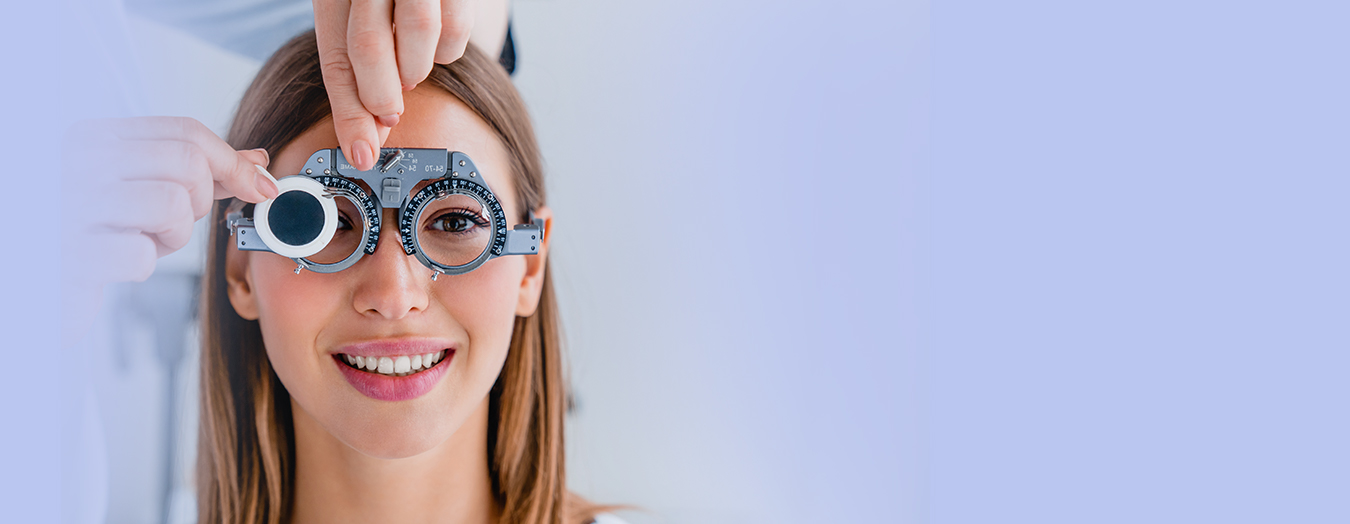
Motewar Netralaya
Eye Services – That You Can Trust
Cataract and Premium Lens Implant
We offer advanced cataract removal using the latest phacoemulsification technology, ensuring maximum safety, precision, and effectiveness, along with premium lens implant options for enhanced vision quality.
Children’s Eye Check-up
Children should ideally have their eyes examined between the ages of 5 and 6. An eye check-up becomes essential if your child shows signs such as excessive watering, eye discharge, squint, or difficulty in reading.
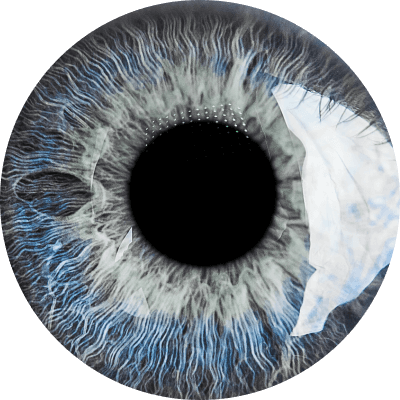
Glaucoma Screening
Diabetic eye disease is one of the leading causes of blindness in India. Our centre is fully equipped to diagnose and treat all types of retinal conditions, offering advanced medical care and surgical solutions.
Comprehensive Eye Examination
Experience a fully computerized and automated eye check-up using the advanced TOPCON Phoropter—offering precision, accuracy, and the latest in cutting-edge vision testing technology.
WHY CHOOSE Motewar Netralaya For Glaucoma Treatment in Nanded
Motewar Netralaya is staffed by a team of two highly experienced surgical ophthalmologists. In addition to providing routine eye care, their expertise extends to advanced procedures including vitreoretinal surgeries, laser treatments, and corneal surgeries.
Our hospital is backed by a team of skilled and experienced optometrists, nursing professionals, and trained machine operators who work hand-in-hand with our doctors. In addition, our non-medical staff is well-trained in hospital operations and patient care, ensuring smooth and efficient service at every step.
At Motewar Netralaya, we understand that medical concerns can bring stress and anxiety. That’s why we strive to maintain a warm and welcoming atmosphere, encouraging patients to feel comfortable, relax, and openly share their concerns.
Motewar Netralaya is equipped with cutting-edge ophthalmic technology, including the MEL-90 — the world’s fastest LASIK machine, YAG laser for treating opacities and performing iridectomies, and the Carl Zeiss Green Laser Visulas. These, along with several other state-of-the-art devices, ensure precision, safety, and superior patient outcomes.
We are located on Doctor's lane, near ST Bus Stand, Doctor Lane, Khadakpura, Nanded, Nanded-Waghala, Maharashtra 431601 in Nanded. By-lanes in the vicinity ensure sufficient parking space.
For the convenience of our patients, we have an in-house optical store and medical shop within the same premises. These facilities provide a one-stop solution, ensuring easy access to eyewear and prescribed medications under one roof.
Contact Motewar Netralaya
Get in touch with Motewar Netralaya for expert eye care and advanced laser treatments.
Request a Consultation
Contact Form
Protect Your Vision – Consult Our Experts at Motewar Netralaya
Contact today and see the difference. if you have any questions call us on 02462 358 953
